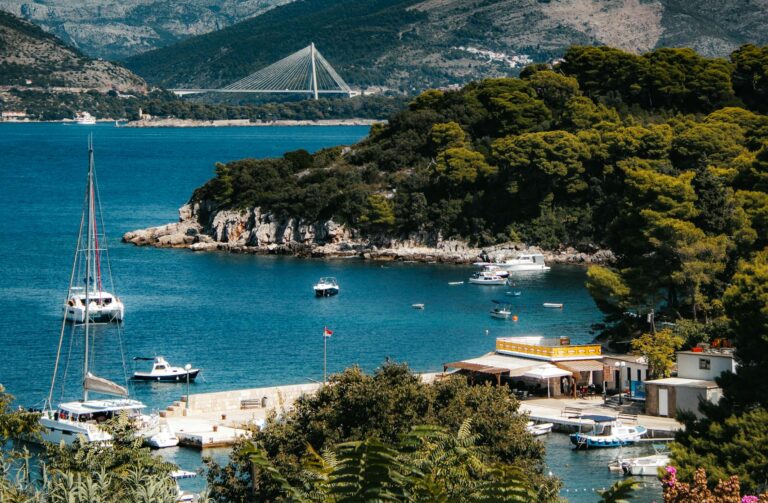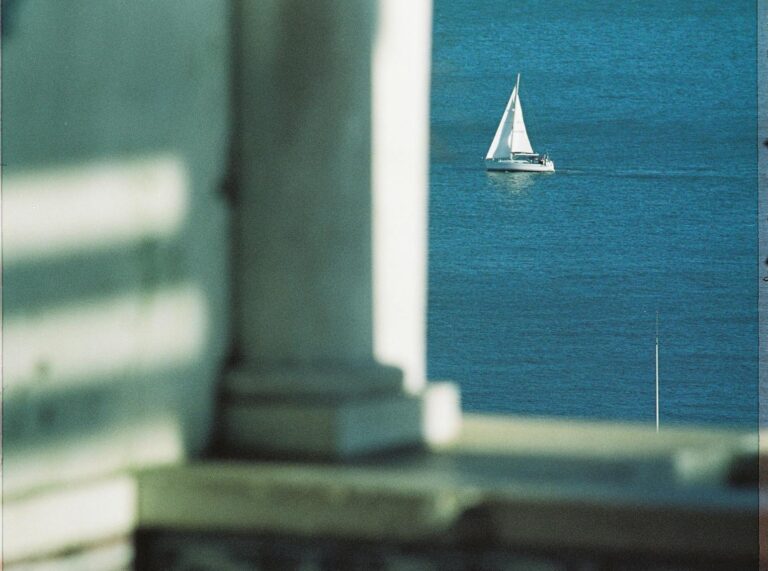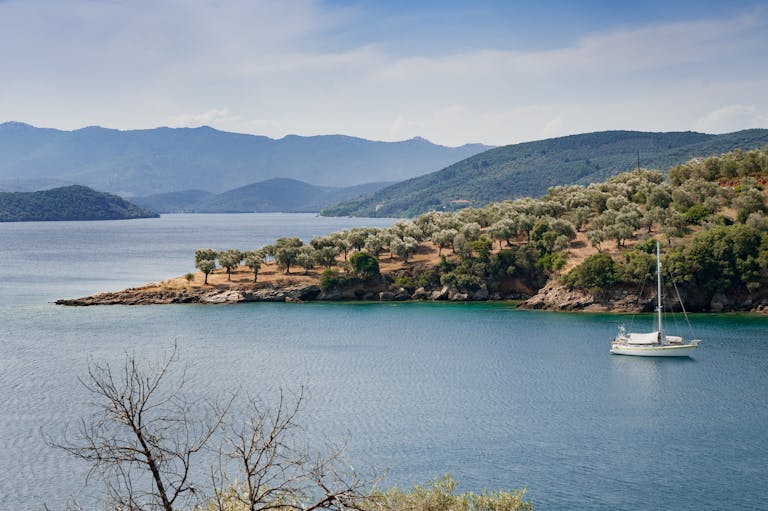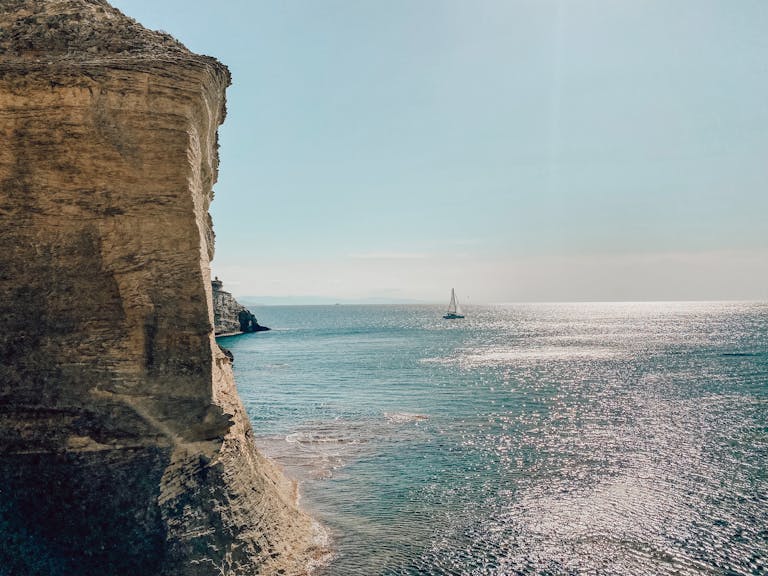Sailing in Spain
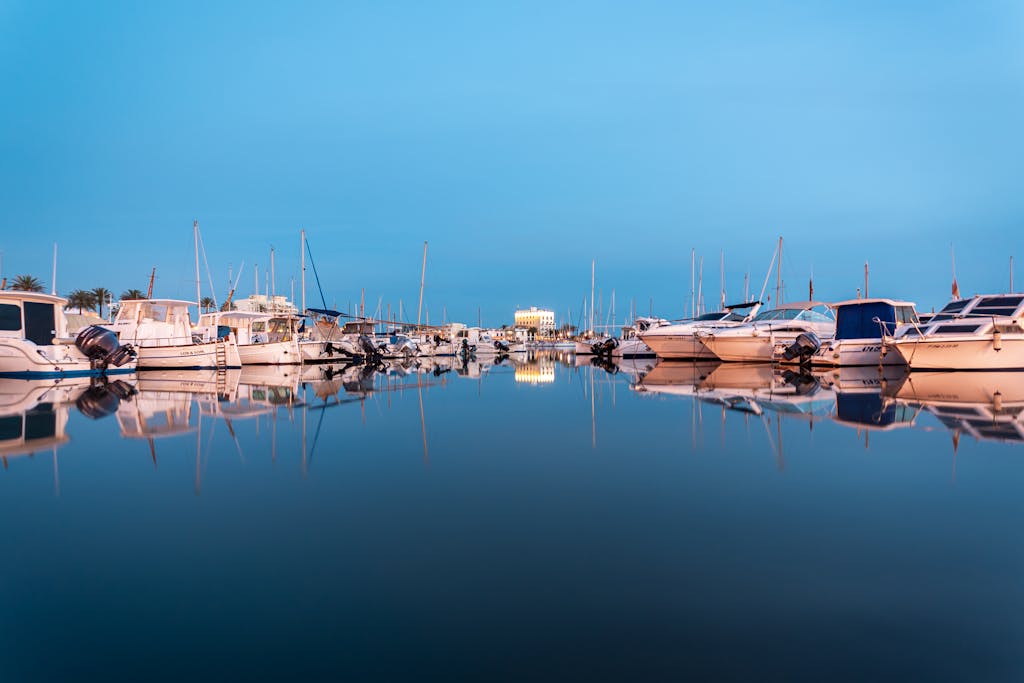
Spain’s Mediterranean coastline offers one of Europe’s most captivating sailing experiences, stretching from the French border to the Strait of Gibraltar. With its blend of historic ports, pristine beaches, and vibrant coastal cities, the Spanish Mediterranean presents an irresistible destination for both novice and experienced sailors alike. This comprehensive guide will help you navigate the essentials of planning and executing an unforgettable sailing adventure along Spain’s stunning Mediterranean shores.
Planning Your Spanish Mediterranean Sailing Adventure
Planning a sailing trip along Spain’s Mediterranean coast requires careful consideration of several key factors. First, decide whether to charter a vessel or sail your own boat. Charter companies are abundant in major ports like Barcelona, Valencia, and Palma de Mallorca, offering various vessels from modest sailboats to luxury yachts. The charter option provides flexibility and eliminates the need for long-term boat maintenance and transportation logistics.
When planning your itinerary, consider the distance between ports and your sailing experience level. A typical two-week journey might cover 200-300 nautical miles, allowing time to explore coastal towns and enjoy overnight stays in different locations. It’s advisable to book marina berths in advance, particularly during the peak summer season when spaces are limited.
Essential Navigation Tips for Spanish Coastal Waters
Navigation along Spain’s Mediterranean coast is generally straightforward, with well-marked channels and modern navigational aids. However, sailors should be aware of specific challenges, including strong winds near major headlands and occasional heavy commercial traffic, particularly near large ports. Modern electronic charts and GPS systems are essential, but always carry paper charts as backups and regularly check local notices to mariners.
Particular attention should be paid to the numerous fishing nets and pots that may be encountered, especially near fishing ports. The Spanish coast features several marine reserves and restricted areas, which must be clearly noted on your charts. Familiarise yourself with local navigation marks and buoyage systems, which follow IALA System A (red to port when entering harbour).
Top Marinas and Anchorages Along Spain’s Coast
Spain’s Mediterranean coast boasts an impressive network of marinas, ranging from small, traditional fishing harbours to large, modern facilities with comprehensive amenities. Notable mentions include Port Vell in Barcelona, offering world-class facilities in the heart of the city, and Puerto Banús in Marbella, known for its luxury services and prestigious atmosphere. These marinas typically provide essential services such as fuel, water, electricity, and waste disposal.
For those seeking more secluded experiences, numerous protected anchorages dot the coastline. The Costa Brava region offers beautiful coves (calas) with crystal-clear waters, while the Balearic Islands present countless anchoring opportunities in pristine bays. Always check local regulations regarding anchoring, as some areas may have restrictions or require permits.
Weather Patterns and Best Times for Mediterranean Sailing
The Spanish Mediterranean enjoys a typically mild climate with predictable weather patterns. The sailing season generally runs from April to October, with July and August being the busiest months. During summer, expect reliable sea breezes, typically building by late morning and dying down in the evening. The notorious Levante (easterly) and Poniente (westerly) winds can be strong, particularly near the Strait of Gibraltar.
Winter sailing is possible but requires more careful planning due to the possibility of strong winds and occasional storms. Spring and autumn offer excellent sailing conditions with moderate temperatures and fewer crowds. Local weather phenomena include the Tramontana, a strong northerly wind that can affect the Costa Brava region, and thermal breezes that develop along the coast during summer afternoons.
Local Maritime Regulations and Documentation Required
Sailing in Spanish waters requires compliance with various maritime regulations and documentation requirements. For EU citizens, a valid ICC (International Certificate of Competence) is typically sufficient, while non-EU sailors may need additional qualifications. Vessels must carry appropriate safety equipment, including life jackets, flares, and radio equipment, as specified by Spanish maritime law.
Insurance is mandatory, and boats must be registered and carry appropriate documentation, including proof of ownership and insurance certificates. When entering Spanish waters, vessels must clear customs and immigration at their first port of call. It’s essential to maintain a ship’s log and keep all documentation readily available for inspection by maritime authorities.
Must-Visit Destinations from Barcelona to Gibraltar
The Spanish Mediterranean coast offers an array of compelling destinations. Barcelona serves as an excellent starting point, with its iconic architecture and vibrant culture. Moving south, the Costa Brava presents rugged coastlines and charming towns like Cadaqués and Tossa de Mar. The Balearic Islands, including Mallorca, Menorca, and Ibiza, offer world-class sailing conditions and unique island experiences.
Continuing south, Valencia combines historical charm with modern attractions, while the Costa Blanca offers beautiful beaches and popular resorts. The journey to Gibraltar presents opportunities to visit historic Cartagena, the natural park of Cabo de Gata, and the Costa del Sol’s glamorous ports. Each destination offers distinct characteristics, from bustling cosmopolitan cities to tranquil fishing villages.
A sailing adventure along Spain’s Mediterranean coast provides an unparalleled opportunity to experience the region’s rich maritime heritage, diverse culture, and natural beauty. With proper planning, awareness of local conditions, and respect for maritime regulations, sailors can enjoy a safe and memorable journey through these historic waters. Whether you’re seeking sophisticated marina facilities or secluded anchorages, Spain’s Mediterranean coastline offers something for every sailor’s preference, making it one of Europe’s premier sailing destinations.

